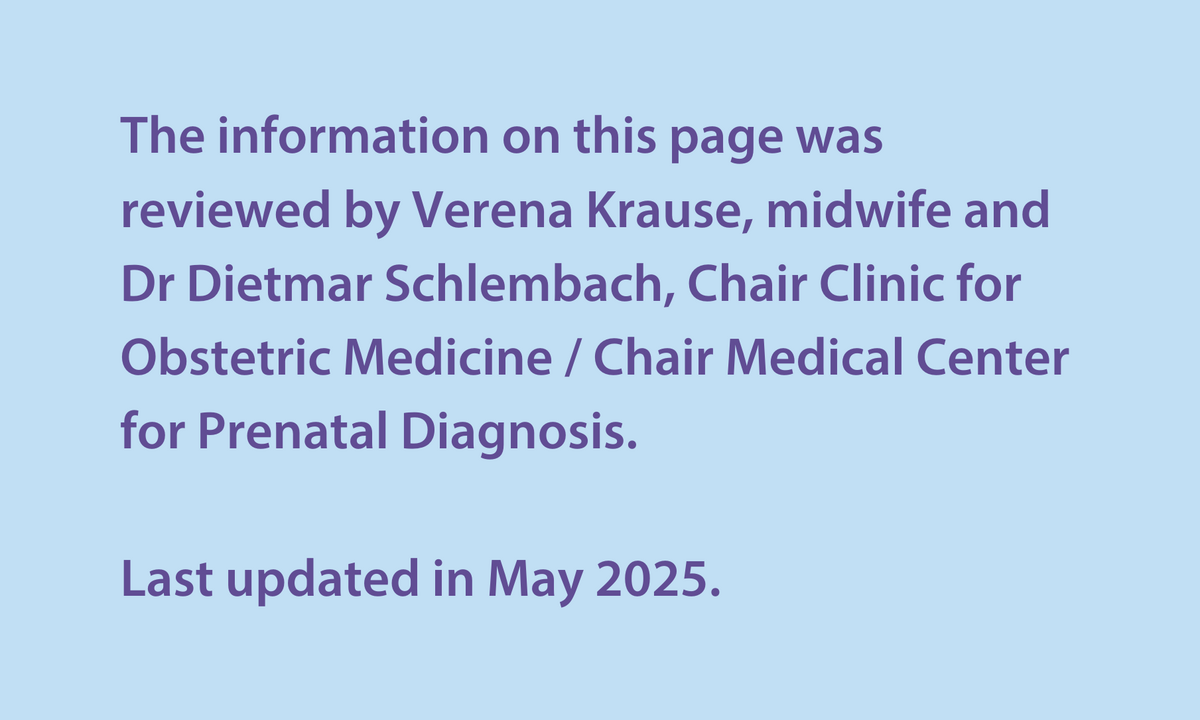Reducing the risk of preterm birth mainly involves getting the right healthcare by attending regular antenatal appointments and making lifestyle changes, ideally starting even before planning a pregnancy. However, it is important to remember that more than half of preterm births have causes that remain unknown. There are unavoidable times when it is necessary to deliver a baby preterm.
There are certain medical treatments that might help delay a baby’s birth if the amniotic sac⍰ has torn before 37 weeks or if preterm contractions⍰ have started.

Antibiotics
Treating urinary or vaginal infections with antibiotics can lower the risk of preterm birth. Antibiotics⍰ may also be given if the amniotic sac has ruptured, as leaking fluid could allow infections into the uterus⍰.

Tocolytic medications
A tocolytic drug may be prescribed to stop contractions. Although they might not prevent labor for long, they can give enough time for steroids to help develop the baby's lungs and other organs.

Cervical cerclage
A procedure where stitches are placed in the cervix⍰ to help prevent preterm birth in women with a condition called “incompetent cervix.” However, this treatment is not always an option due to medical reasons, and the decision whether to perform the procedure is made by healthcare professionals. It is also important to understand that cerclage does not stop contractions or signs of preterm labor⍰, it may only help delay delivery or birth.

Progesterone
Using progesterone⍰ gel or injections can prevent preterm birth in women at risk.
Other factors to help lower the chance of preterm birth include:

Managing chronic conditions
Conditions like chronic stress, diabetes⍰ or high blood pressure⍰ can increase the risk of preterm birth. Managing these conditions well can reduce the risk. Always talk to your healthcare provider for more information.

Limiting physical activities
Your doctor might suggest avoiding certain exercises or activities that could increase the risk of preterm labor. However, this does not mean strict bed rest.

Reduced sexual activity
Intimacy can sometimes trigger contractions, so if a woman is at risk of preterm birth, cutting down on sexual activity may help prolong the pregnancy.

Reduced stress
It is important to identify and reduce stress during pregnancy to help lower the risk of preterm birth.

